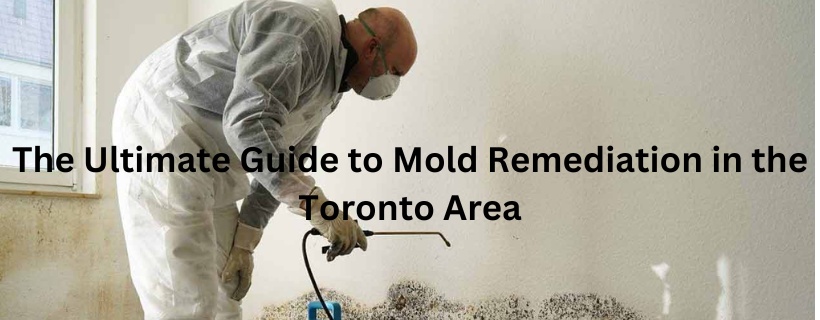Mold can be a persistent and troublesome issue for homeowners in the Toronto area. With its humid summers and cold winters, the climate provides ample conditions for mold growth, making effective remediation essential. In this comprehensive guide, we'll delve into the key aspects of mold remediation, equipping Toronto residents with the knowledge and strategies to tackle mold problems effectively.
Understanding Mold:
Before diving into remediation techniques, it's crucial to understand what mold is and why it poses a threat to homes. Mold is a type of fungus that thrives in moist environments, reproducing through microscopic spores that can spread rapidly. In addition to causing structural damage to buildings, mold can also trigger respiratory issues and allergies in occupants, making its removal a top priority.
Identifying Mold:
The first step in mold remediation is identifying the presence of mold in your home. Common signs include musty odors, visible mold growth on walls or ceilings, and water damage from leaks or floods. However, mold can also hide behind walls, under flooring, or in other hidden areas, requiring thorough inspection techniques such as moisture meters and infrared cameras to detect.
Assessing the Extent of Damage:
Once mold has been identified, it's essential to assess the extent of the damage to determine the appropriate remediation approach. This may involve testing air and surface samples to identify the type of mold present and its concentration levels. Additionally, assessing the underlying cause of moisture intrusion, such as leaky pipes or poor ventilation, is crucial to prevent future mold growth.
Developing a Remediation Plan:
With a clear understanding of the mold problem, the next step is to develop a comprehensive remediation plan. This plan should outline the specific steps and techniques required to remove mold safely and effectively. Depending on the severity of the infestation, this may involve containment measures to prevent mold spores from spreading, as well as the use of specialized equipment such as HEPA air scrubbers and negative air machines.
Implementing Remediation Techniques:
Once the remediation plan has been established, it's time to put it into action. This typically involves removing contaminated materials, such as drywall or carpeting, and thoroughly cleaning and disinfecting affected areas. In some cases, professional mold remediation companies may be hired to handle more extensive or hazardous mold infestations, ensuring the safety of occupants and the thoroughness of the remediation process.
Preventing Future Mold Growth:
After mold remediation is complete, it's essential to take steps to prevent future mold growth. This may involve addressing underlying moisture issues, such as repairing leaks or improving ventilation, as well as implementing regular maintenance routines to keep moisture levels in check. Additionally, using mold-resistant building materials and monitoring humidity levels can help minimize the risk of future mold problems.
Conclusion:
mold remediation toronto is a critical task for homeowners in the Toronto area, where the climate provides ideal conditions for mold growth. By understanding the causes of mold, identifying its presence, and implementing effective remediation techniques, Toronto residents can protect their homes and families from the harmful effects of mold. With the knowledge and strategies outlined in this guide, tackling mold problems can be more manageable and less daunting, ensuring a safer and healthier living environment for all.


No comments yet